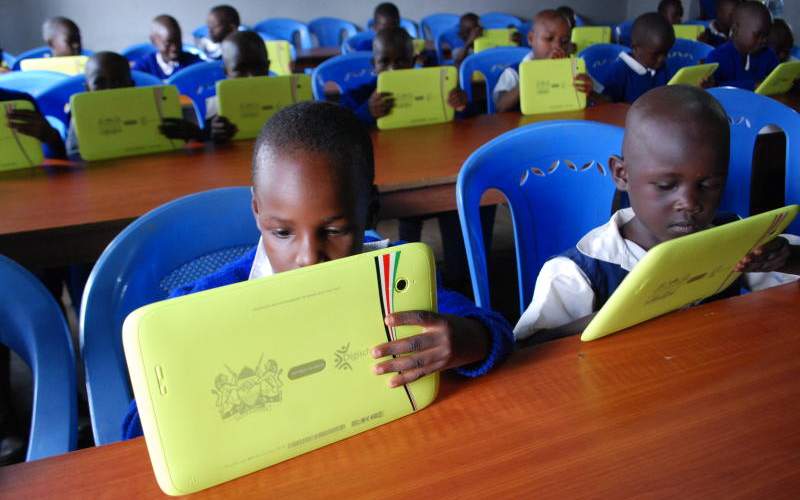×
The Standard e-Paper
Join Thousands of Readers

Class one pupils from Getembe Primary school in Kisii township follow instruction from their ICT teacher during pilot programme of familiarization exercise with the tablets in 2016. [Denish Ochieng,Standard]
William Powers, the author of Hamlet’s Blackberry, describes our new technology-driven world as “a giant room, in which everyone is standing within reach of their neighbours.” From smartphones and social media to TV and tablets, the modern day learner is incessantly inundated by technology.